When it comes to organizing tools efficiently, choosing the right tool cabinet is crucial. A well-selected tool cabinet not only helps you maintain order but also ensures your tools are easy to access and protected from damage. With so many options on the market, making the right choice can be overwhelming. This guide provides five essential steps to help you choose the perfect tool cabinet based on your specific needs and preferences.
Before purchasing a tool cabinet, it’s important to assess how many tools you need to store and what types of tools they are. This will help you determine the size and layout of the cabinet you need. If you have a large collection of tools, consider a larger cabinet with multiple drawers and compartments for better organization. For smaller tool collections, a compact cabinet with fewer but well-organized drawers may be sufficient.
The material of the tool cabinet plays a significant role in its durability and longevity. Tool cabinets are typically made from steel, aluminum, or plastic. Steel cabinets offer maximum durability and are ideal for heavy-duty use, while aluminum cabinets are lightweight and resistant to rust, making them suitable for outdoor or moisture-prone environments. Plastic cabinets are a cost-effective option for lighter tools but may not withstand as much wear and tear over time.
Mobility is another important factor to consider when choosing a tool cabinet. If you often need to move your tools around the workspace, a rolling tool cabinet with caster wheels is a great option. Look for wheels that are sturdy and lockable to ensure stability when the cabinet is stationary. If mobility is not a concern, a stationary cabinet may work well for a fixed storage solution.
Many tool cabinets come with built-in security features to keep your tools safe. Look for cabinets with locking mechanisms, such as key or combination locks, to prevent unauthorized access. This is especially important if you store valuable or sensitive tools that need protection. Some high-end cabinets even offer electronic locks or biometric security for added protection.
When selecting a tool cabinet, consider additional features that can enhance usability and convenience. Some cabinets come with worktops, making them versatile workstations. Drawer liners can help protect tools and reduce noise when opening and closing drawers. Adjustable shelves or drawers allow for customization based on your specific tool sizes. Consider these extra features based on your particular needs to get the most out of your tool cabinet.
Q: What size tool cabinet should I get?
A: The size of the tool cabinet depends on the number of tools you own and how much space you have available. Make sure to consider the tool dimensions and potential future tool additions.
Q: What is the most durable material for a tool cabinet?
A: Steel is the most durable material and is ideal for heavy-duty use, while aluminum is a rust-resistant, lightweight option. Plastic is best for lighter tools but is less durable over time.
Q: Are locking tool cabinets necessary?
A: Locking tool cabinets are highly recommended if you need to secure valuable or sensitive tools. Locks provide added peace of mind and protect tools from unauthorized access.
Q: Should I choose a mobile or stationary cabinet?
A: If you need to move your tools around frequently, a mobile cabinet with caster wheels is a good choice. For permanent setups, a stationary cabinet offers a stable storage solution.
Q: What additional features should I look for in a tool cabinet?
A: Consider features like drawer liners, adjustable shelves, built-in worktops, and additional security options like electronic or biometric locks. These can enhance the usability and functionality of your cabinet.
By following these five essential steps, you can confidently choose the right tool cabinet that meets your specific storage needs, budget, and work environment. With the right choice, you can keep your tools organized, accessible, and secure.
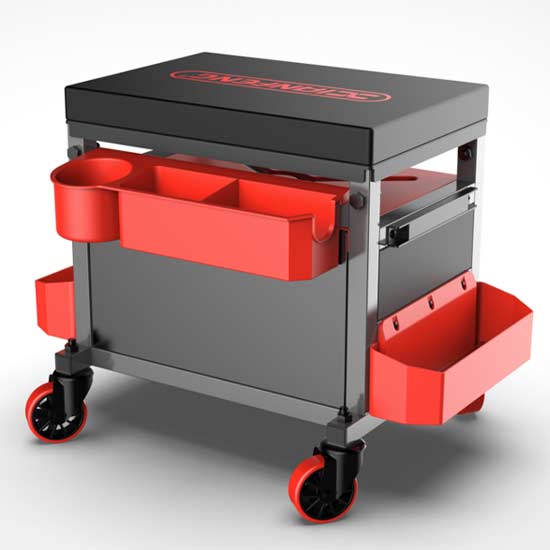 Tool seat
Tool seat
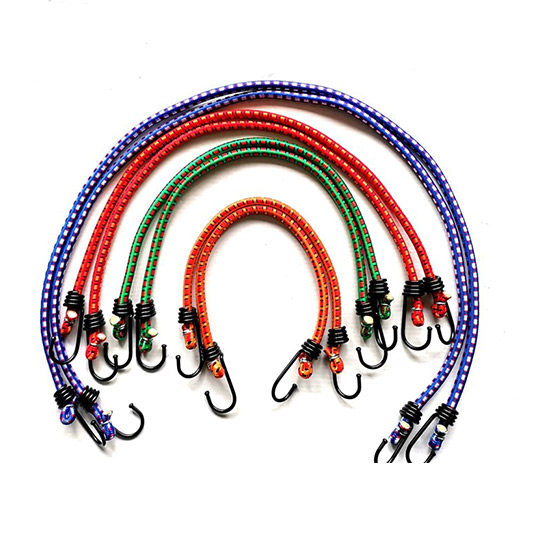 Stretch Cord
Stretch Cord
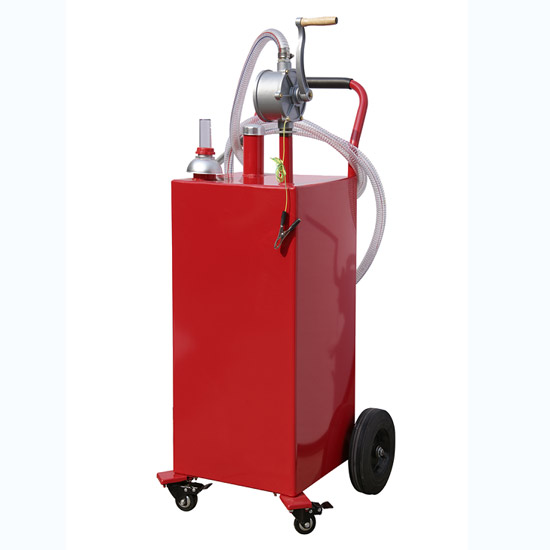 Oil Pump
Oil Pump
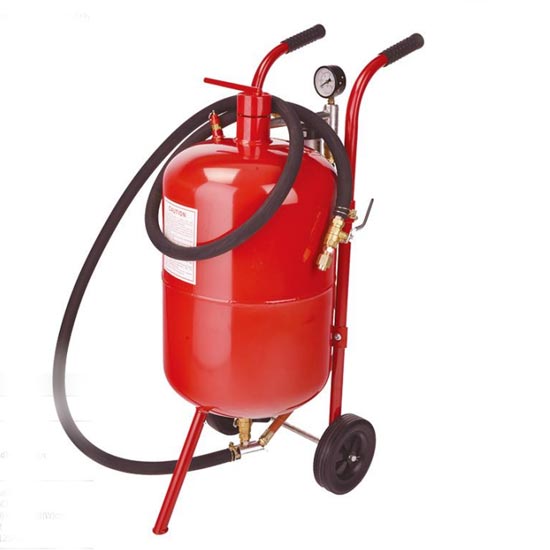 Sandblast Pot
Sandblast Pot
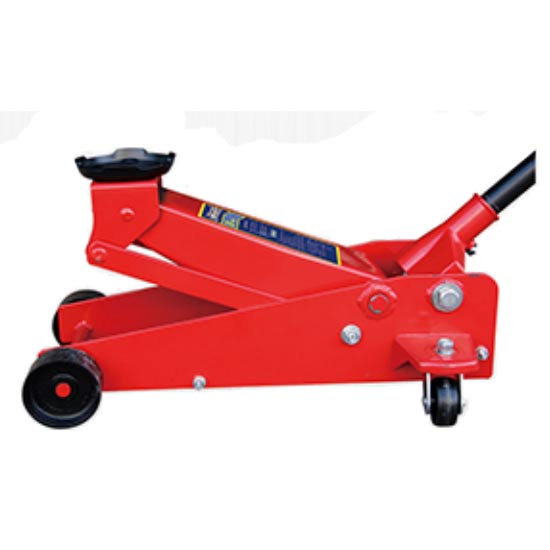 2.25 Ton Hydraulic Floor Jack
2.25 Ton Hydraulic Floor Jack
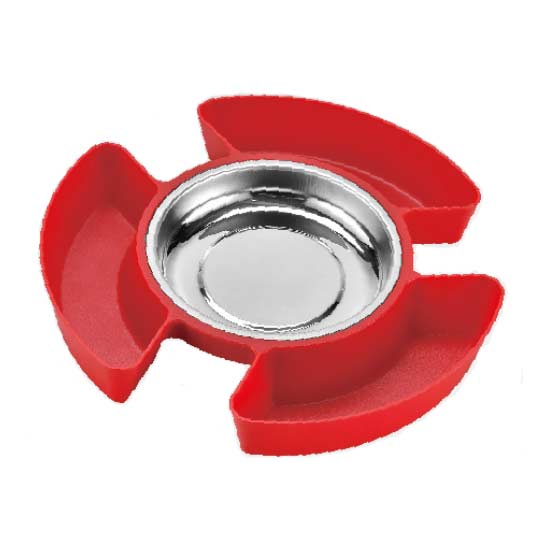 Magnetic Tray With Tool Plate
Magnetic Tray With Tool Plate
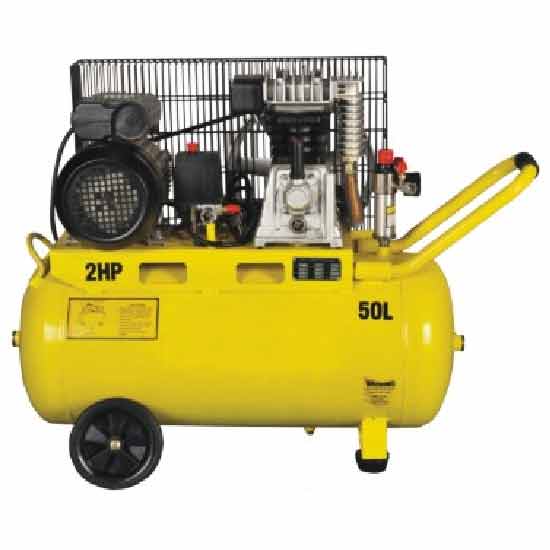 Single-stage Air-cool Movable Air Compressor
Single-stage Air-cool Movable Air Compressor
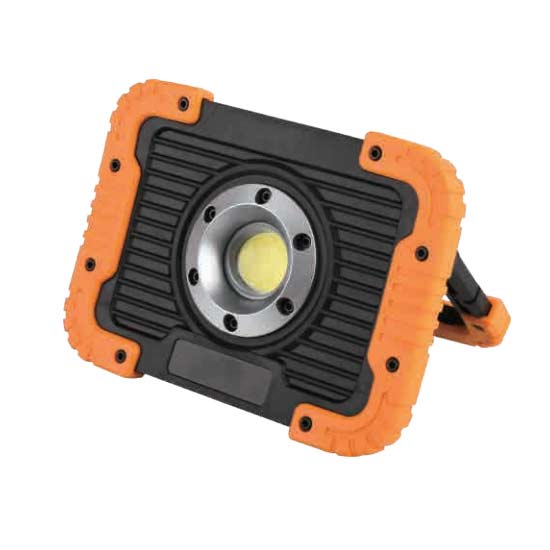 10W Rechargeable Led Flood Light
10W Rechargeable Led Flood Light
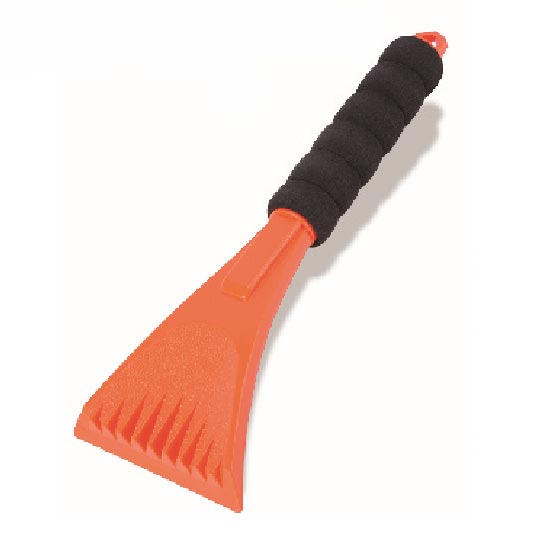 Ice Scraper
Ice Scraper
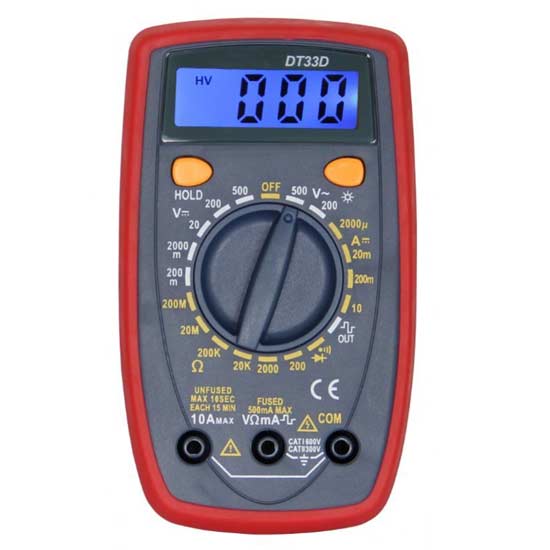 Small Multimeter with Backlight
Small Multimeter with Backlight
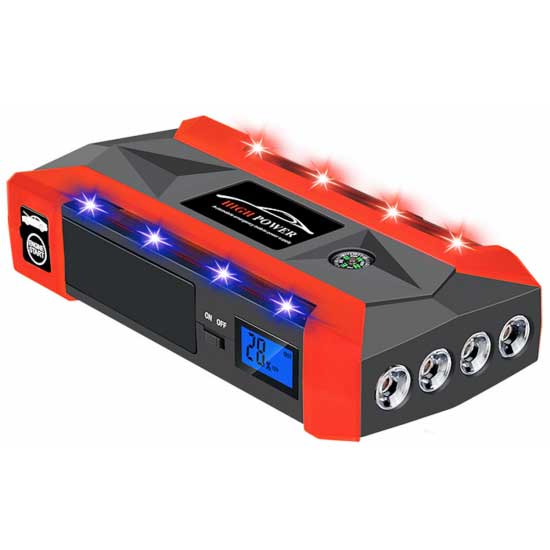 Jump Starter With 4 Led Lights
Jump Starter With 4 Led Lights
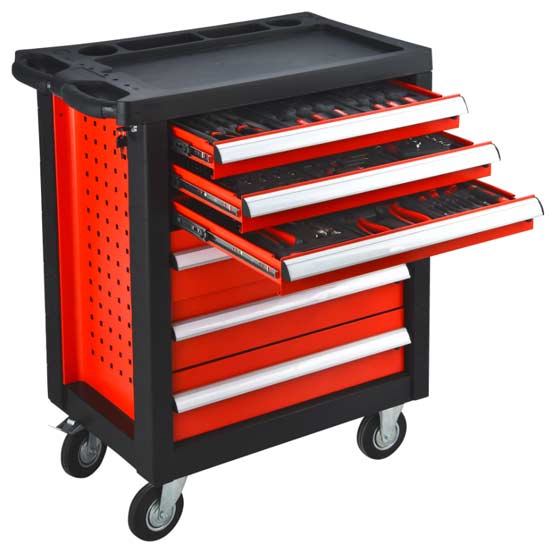 Steel Tool Cabinet
Steel Tool Cabinet
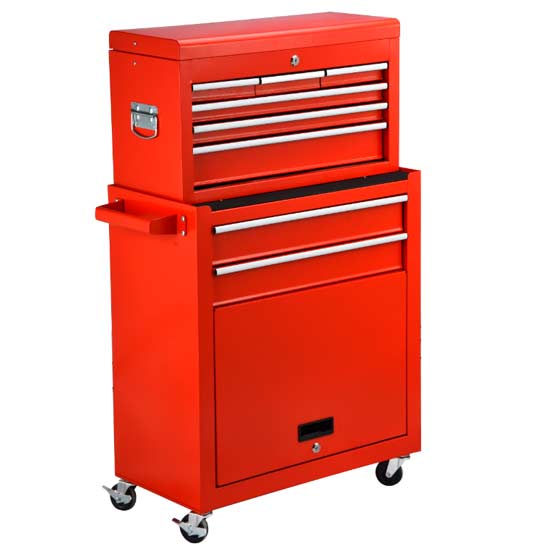 Large Tool Cabinet
Large Tool Cabinet
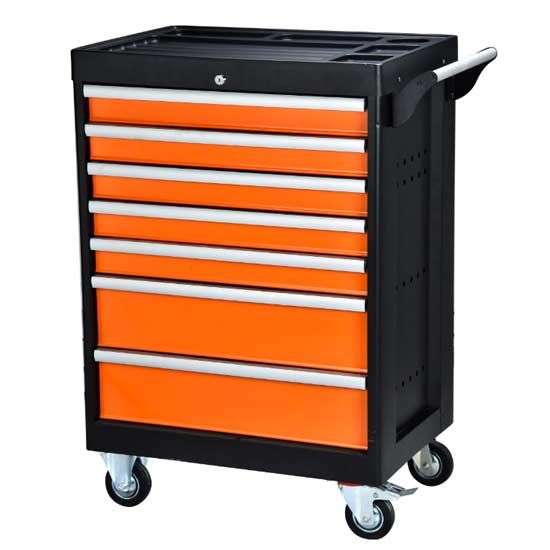 Tool Storage Cabinet
Tool Storage Cabinet
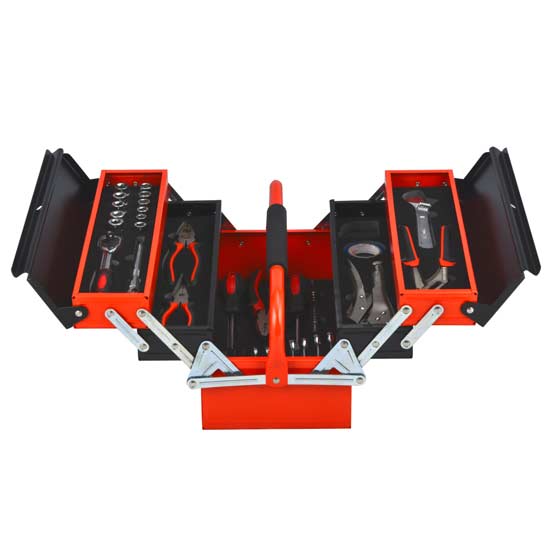 Metal Tool Box
Metal Tool Box
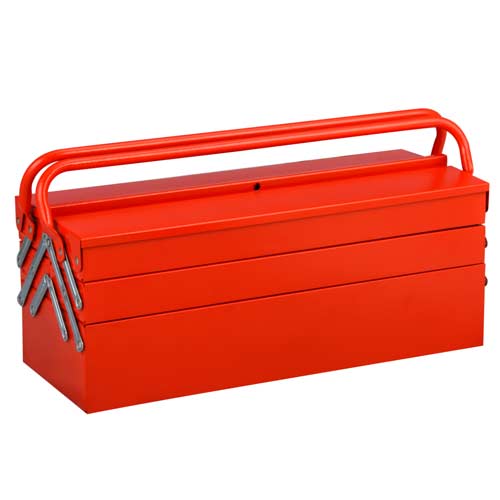 Large Metal Tool Storage Box
Large Metal Tool Storage Box
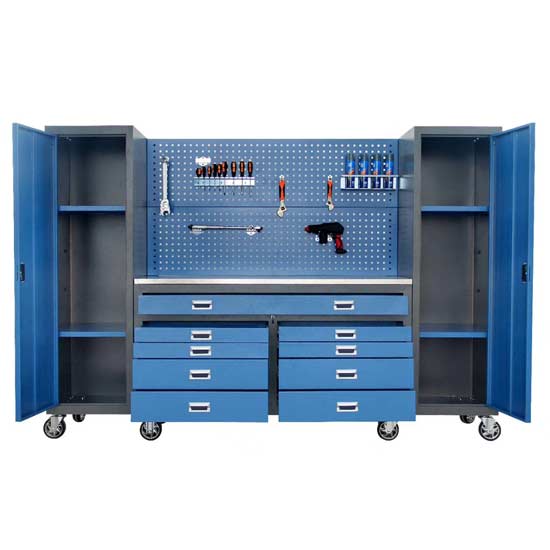 Blue Metal Tool Cabinet
Blue Metal Tool Cabinet
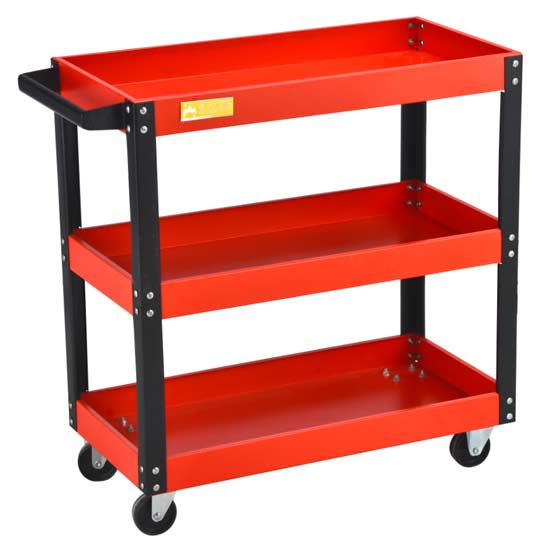 Red Steel Tool Trolley
Red Steel Tool Trolley
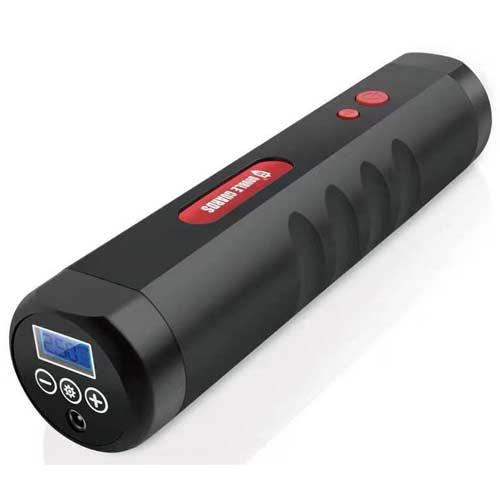 Portable Tire Inflator
Portable Tire Inflator
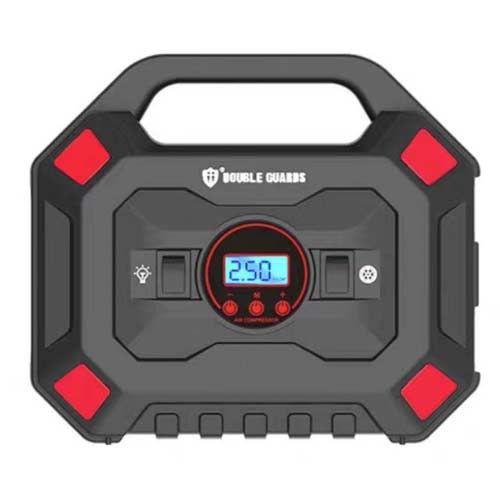 Custom Tire Inflator
Custom Tire Inflator
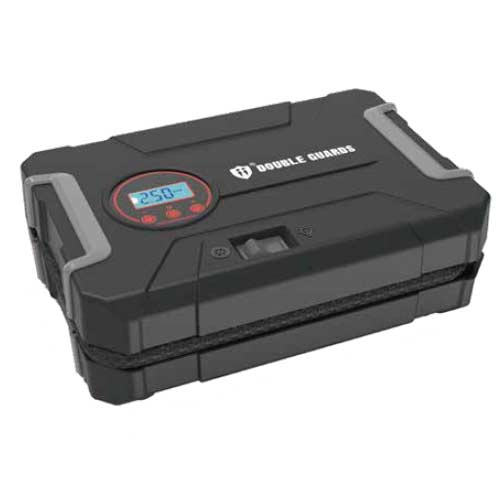 Tire Pressure Pump
Tire Pressure Pump
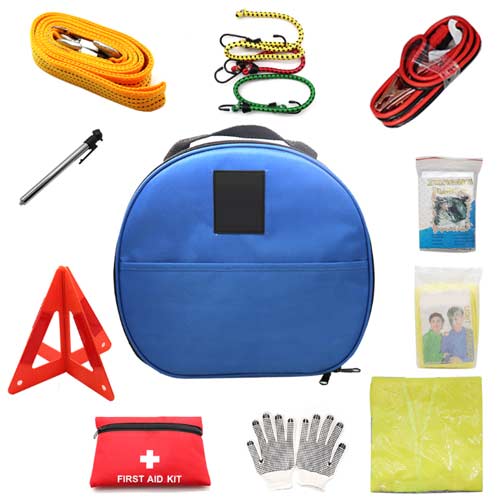 Auto Emergency kit
Auto Emergency kit